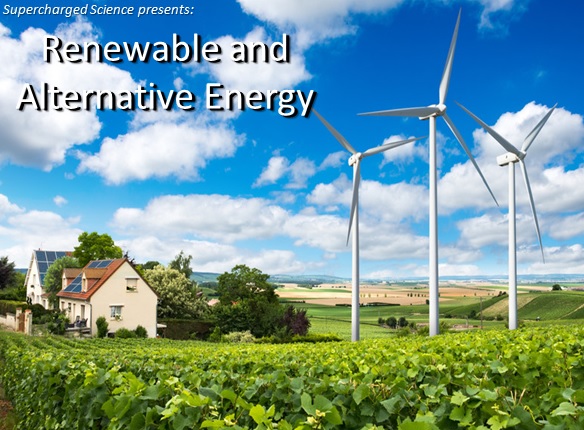This is a recording of a recent live teleclass I did with thousands of kids from all over the world. I've included it here so you can participate and learn!
Discover the world of clean, renewable energy that scientists are developing today! Explore how they are harnessing the energy of tides and waves, lean how cars can run on just sunlight and water, tour a hydroelectric power plant, visit the largest wind farms on the planet, and more! You’ll learn how streets are being designed to generate electricity, how teenagers are making jet fuel from pond scum in their garage, and how 70 million tons of salt can provide free, clean energy 24 hours a day forever! During class, you’ll learn how to bake solar cookies, magni-fry marshmallows and do the experiment with light Einstein won a Nobel prize for that is the basis of all photovoltaic energy today.
Materials:
- One cup each: hot (not boiling), cold, and room temperature water
- Cardboard box, shoebox size or larger.
- Aluminum foil
- Plastic wrap (like Saran wrap or Cling wrap)
- Hot glue, razor, scissors, tape
- Wooden skewers (BBQ-style)
- Black construction paper
- Cookie dough (your favorite kind!)
- Chocolate, large marshmallows, & graham crackers if you want to make s’mores! If not, try just the large marshmallow.
- Large page magnifier (also called a Fresnel lens, found at drug stores or places that also sell reading glasses, or at Amazon.com)
[am4show have='p8;p9;p11;p38;p92;p97;' guest_error='Guest error message' user_error='User error message' ]
What's Going On?
For the main experiment:
The Fresnel ("FRAY-nell") lens is a lot like a magnifying glass. Convex lenses (like a handheld magnifier) are thicker in the middle - you can actually feel it with your fingers. A Fresnel lens was first used in the 1800s to focus the beam in a lighthouse. It has lots of ridges you can feel with your fingers. It's basically a series of magnifying lenses stacked together in rings (like in a tree trunk) to magnify an image.
The Fresnel lens in this project is focusing the incoming sunlight much more powerfully than a regular hand held magnifier. But focusing the light is only part of the story with your roaster. The other part is how your food cooks as the light hits it. If your food is light-colored, it's going to cook slower than darker (or charred) food. Notice how the burnt spots on your food heat up more quickly!
The best thing about Fresnel lenses is that they are lightweight, so they can be very large (which is why light houses used these designs). Fresnel lenses curve to keep the focus at the same point, no matter close your light source is.
Questions to Ask
- What other kinds of food can you roast with your setup?
- Does a white marshmallow or chocolate-covered marshmallow cook faster? Why?
- Does it matter what angle you point your roaster at?
- Will it work with an indoor light?
- Why do you need the foil? Can you skip it?
- Do we have to use a Fresnel lens? What about a handheld magnifier - would that work?
[/am4show]


Cookies, s’mores, and hot dogs are common choices.
what kind of food can i make with this?
No problem, just wait until it gets warmer!
It is too cold in Oregon right now, it will not work, tried 3 times
If your box is too big, the heat won’t be as concentrated. so, yes indeed, using a smaller box may help. Feel free to email pictures of your set up to aurora@superchargedscience.com. That way I can look over what you’ve built.
Hi Aurora! I was doing the marshmallow roasting experiment and the marsh mallow doesn’t seem to be roasting. I don’t have the size box you have, but a bigger one. Do I need to get a smaller box?
The dew point is the temperature the air needs to be cooled to for water droplets begin to condense and dew can form (think of the temperature dropping low enough and then fog begins to form)
what is a dew point
The videos on this page provide instructions for baking cookies: https://www.sciencelearningspace.com/2019/02/solar-cookies-3/
how do i cook cookies in the solar oven
It sounds like you’re not logged in. Try logging out, and then back in again.
I can’t see this video or any others. The option for a video – hyperlink or what have you – is not there.
Try reloading the page. I have it playing on my computer over here. Is it just this video or are there others that do not play for you? Please let me know if I can help further.
The video for this segment isn’t loading. Please advise